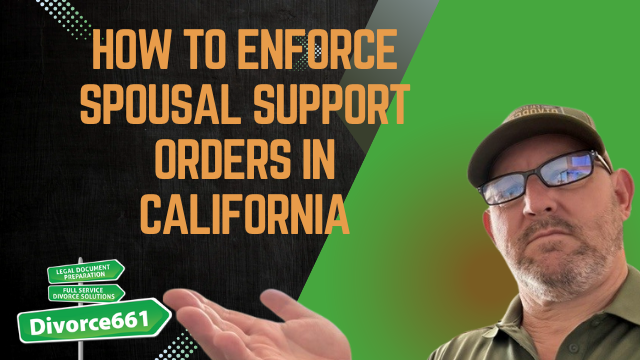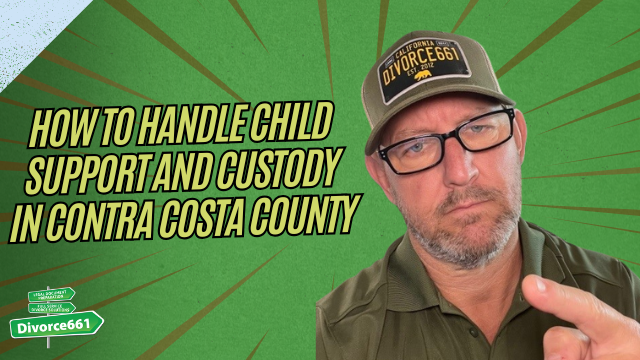How to Handle Spousal Support in a San Bernardino County Divorce
I’m Tim Blankenship with Divorce661. If you’re filing for divorce in San Bernardino County, one of the biggest questions you’ll face is spousal support (also called alimony). Below I’ll walk you through what spousal support looks like in California, how it’s calculated, what your options are if you and your spouse agree, and how I help couples get clear, court-approved agreements without unnecessary stress.
Understanding spousal support in California
Spousal support in California can be either temporary or long-term (final). Each type serves a different purpose and is handled differently by the court.
Temporary spousal support
- Often requested early in the case through a Request for Order (RFO).
- Calculated using a guideline formula the court uses to establish short-term support while the case is pending.
- Meant to maintain the parties at roughly the same standard of living during the divorce process.
Long-term (final) spousal support
- Included in the final divorce judgment or marital settlement agreement.
- Not governed by a single formula—courts consider multiple factors such as length of marriage, income disparity, earning capacity, and each spouse’s needs.
- Can be set for a specific duration, modified later under certain circumstances, or waived entirely if both parties agree.
How support is calculated and decided
For temporary support, the court typically applies a guideline calculation that looks at both spouses’ incomes and certain deductions. For final support, judges evaluate the totality of the circumstances rather than relying on a single formula. Important factors include:
- Length of the marriage
- Differences in income and earning capacity
- Each spouse’s reasonable needs
- Ability of the payor to meet their own needs while paying support
- Any agreements the parties reach and present to the court
When both spouses agree on support
If you and your spouse are on the same page, you have flexibility. You can:
- Include a specified spousal support amount and duration in your marital settlement agreement
- Agree to waive spousal support entirely
- Set conditional terms (for example, support that triggers or terminates based on specific events)
Whatever you agree to needs to be clearly documented in your marital settlement agreement. Once the court reviews and approves that agreement, it becomes a legally enforceable part of your divorce judgment.
Real client example from San Bernardino County
Recently we helped a San Bernardino couple who had similar incomes and a short marriage. They agreed that no spousal support would be paid. We documented their agreement properly in their marital settlement agreement, submitted it to the court, and the judge approved the judgment with no issues. The key was making sure the waiver was clearly written and supported by the facts of their case.
“We’ll make sure your agreement is fair, accurate, and approved without unnecessary stress.”
How Divorce661 can help
At Divorce661 I focus on making the process fast, simple, and predictable:
- Flat-fee divorce services for amicable cases in California
- Accurate guideline support calculations when temporary support is needed
- Carefully drafted, court-ready marital settlement agreements that don’t get rejected
- Guidance on whether to include, limit, or waive spousal support based on your situation
Practical steps to handle spousal support in your divorce
- Gather financial documents for both spouses (pay stubs, tax returns, bank statements).
- Decide whether temporary support is needed while the case is pending and, if so, prepare to request a guideline calculation.
- Discuss final support goals—amount, duration, or waiver—and consider realistic options based on incomes and needs.
- Put your agreement in a clear, written marital settlement agreement with all relevant details and supporting facts.
- File the agreement with the court and seek approval to make it part of the final judgment.
Conclusion and next steps
Spousal support can feel complicated, but with clear information and properly drafted paperwork you can reach an agreement that’s fair and court-approvable. If you’re filing for divorce in San Bernardino County and want help handling spousal support the right way, visit Divorce661.com to schedule a free consultation. I’ll help you understand your options, calculate guideline support if needed, and make sure your agreement is written so the court will approve it.










